This hall is dedicated to magic, and to those magic jewels that, both now and in the past, gave protection to their owners and those who wore them. Creating this selection, I decided to explore the topic of exchanges and contact points between different cultures and places, separated in both time and space. This resulted from considerations I made on the contemporary world, because at this moment in history we tend to underline the differences among people, but if we consider the common roots linking ancient and contemporary populations we see that many aspects point to connection and unity.
This hall is dedicated to magic, and to those magic jewels that, both now and in the past, gave protection to their owners and those who wore them. Creating this selection, I decided to explore the topic of exchanges and contact points between different cultures and places, separated in both time and space. This resulted from considerations I made on the contemporary world, because at this moment in history we tend to underline the differences among people, but if we consider the common roots linking ancient and contemporary populations we see that many aspects point to connection and unity.
Amulets and talismans were the first ornaments in the history of mankind worn not for vanity, but to enjoy the signs of divine benevolence of which they were the bearers. Items with protective, propitiatory and healing powers that had the apotropaic ability to ward off evil, attract good and also contained therapeutic properties.
Collana scaramantica in perle a occhi
12th century (modern threading),
Egypt or Syria
Good luck-charm necklace with eye-beads,
beads from West Africa
glass
15 x 37 cm
Augusto Panini Collection
The eye beads, which recall the shape of the human eye, are of ancient tradition and were considered capable of repelling bad luck and defending against negative influences.
Crocetta funeraria longobarda
7th century CE, Leno (BS), necropolis of Campo S. Giovanni
Lombard funerary cross decorated with grapevines and birds
Embossed gold sheet, 6 x 5 cm
Archaeological Superintendence,
Fine Arts and Landscape for the Provinces of Bergamo and Brescia.
The gold cross, a typical funerary ornament used by the Lombard aristocracy, protected the soul of the deceased during his otherworldly journey. This cross presents an unusual decoration with vines and birds, a Christian subject of Byzantine derivation.
Fibula longobarda a staffa
7th century, Leno (BS), necropolis of Campo Marchione
Lombard radiate-headed brooch with stylized animal head terminal
Gilded silver and iron
6.1 x 3 cm
Archaeological Superintendence,
Fine Arts and Landscape for the Provinces of Bergamo and Brescia.
The radiate-headed brooch is a typical ornament of Lombard women. The stylized image of the animal head, on the terminal part of the brooch, fits perfectly into the figurative tradition of the peoples of Germanic origin, who lived and moved through Europe, between Late Antiquity and the Early Middle Ages.
Amuleto Agnus Dei
Second half of the 17th century, Trapani
Agnus Dei Amulet, with the Annunciation
Gold, polychrome enamels, painted gilded glass (verre églomisé)
3.5 x 4 cm
Regional Museum “Agostino Pepoli”, Trapani.
The Trapanese amulet-pendant is an example of of Spanish taste jewel, with a verre églomisé decoration. This technique, which involves the application of gold leaf on glass takes its name from Jean-Baptiste Glomy, who brought it into vogue at the time of Louis XV. Like the cross-reliquary, the Agnus Dei was also part of the treasure of the Madonna of Trapani.
Pettorale con pendenti sonori e piccoli amuleti a forma di mano hamsa
20th century, Bedouin community manufacture, Yemen
Breastplate with sound pendants and small hand-shaped hamsa (five) pendants
Filigree silver, coral, agate, 9 x 19 cm
Cristina Del Mare Collection.
The Yemeni pectoral, feminine ornament, combines the symbolic value of silver, carnelian and corals to the protective power of rattles, which here include also small hamsa (five, in Arabic) pedants representing a stylized hand. These good-luck charms are extremely popular in the Islamic tradition.
Amuleto per bambini a forma di campanello
Half of the 17th century, Trapani
Amulet for children in the shape of a bell
Gold, enamel, 3.5 x 4 cm
Regional Museum “Agostino Pepoli”, Trapani.
The Spanish style bell, made in Tapani, is decorated by applying black enamels, forming geometric and floral motifs. Like the reliquary cross and the Agnus Dei, this jewel belongs to the Treasure of the Madonna di Trapani.


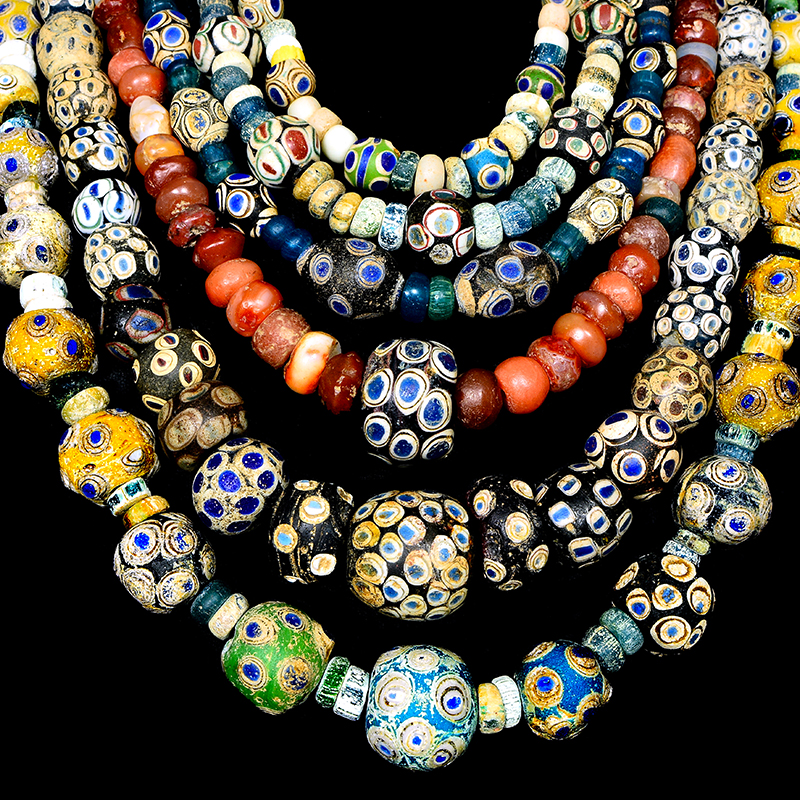
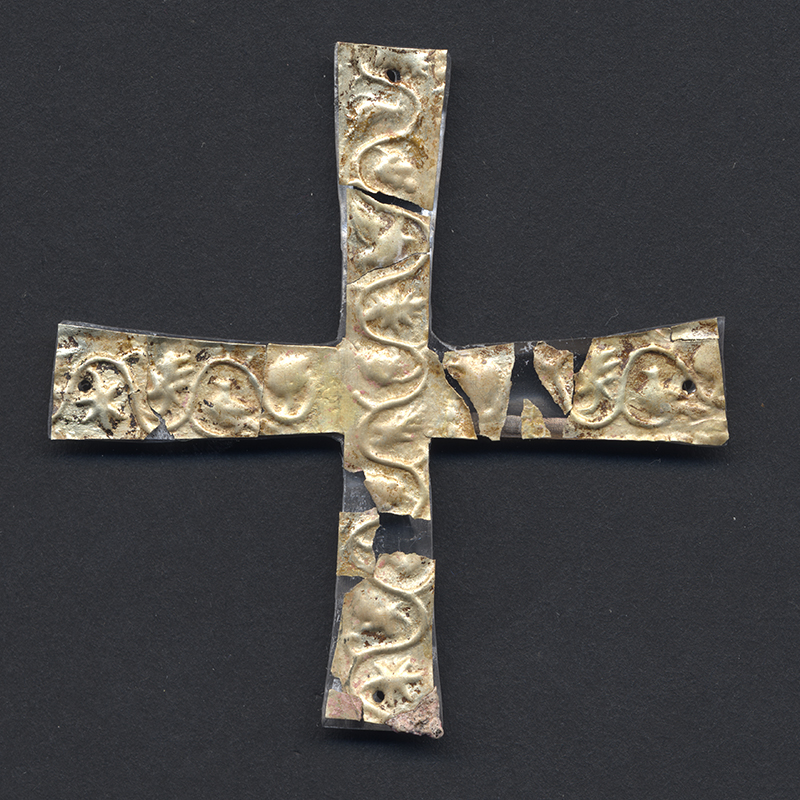
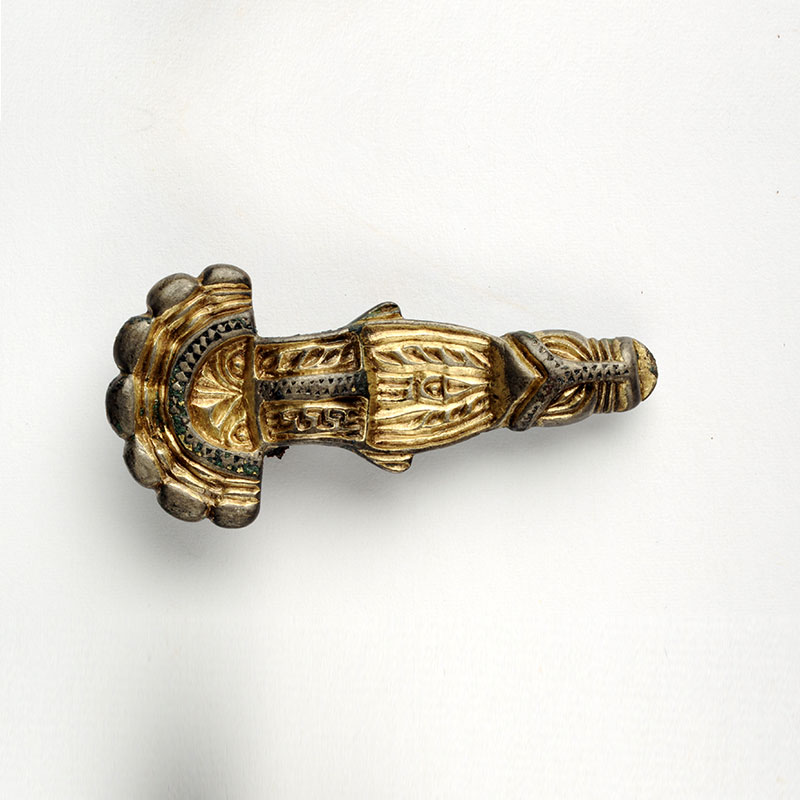
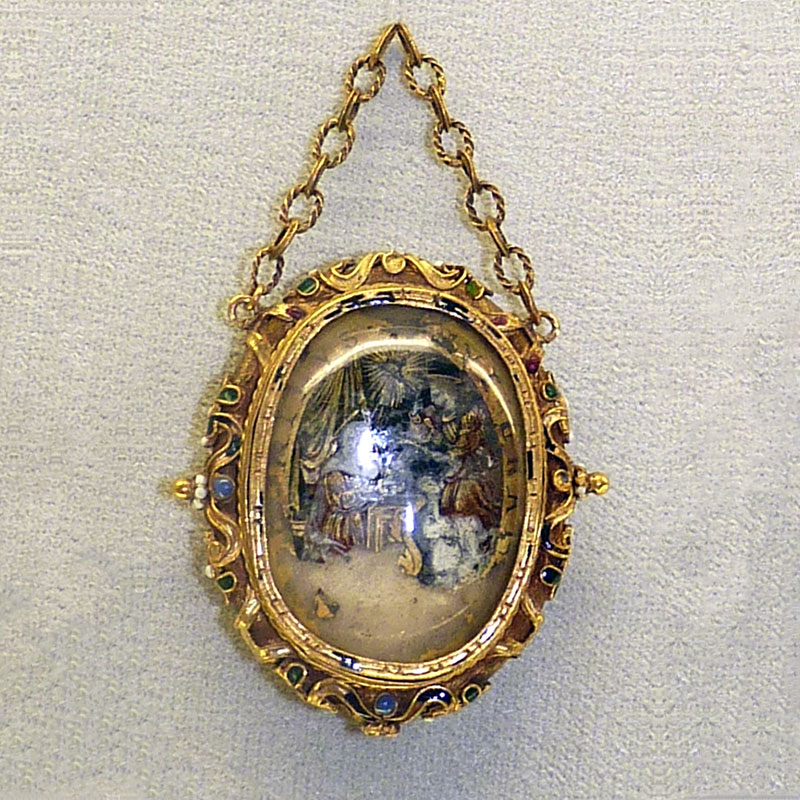
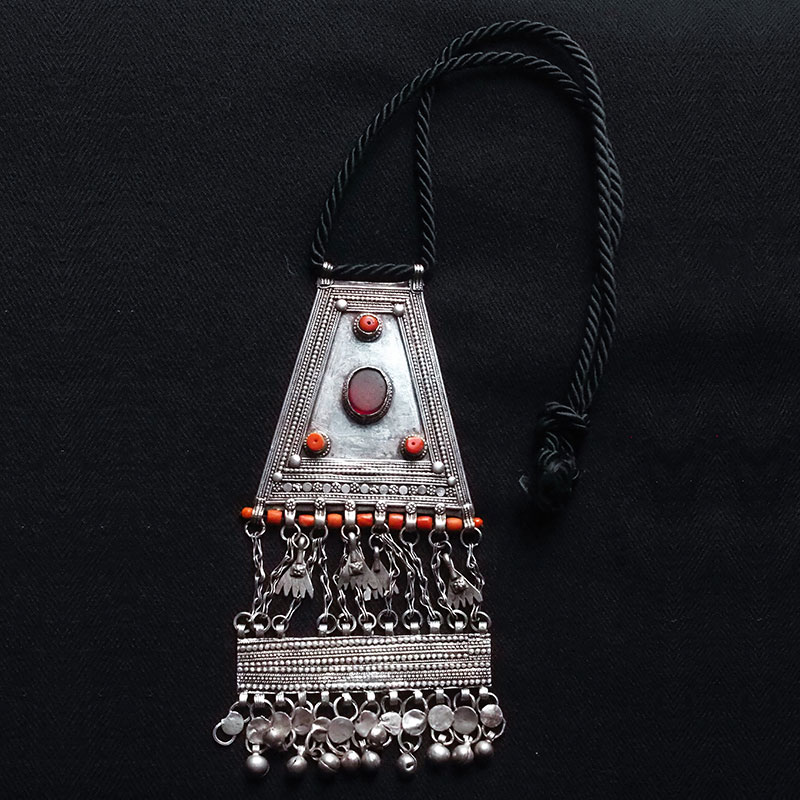
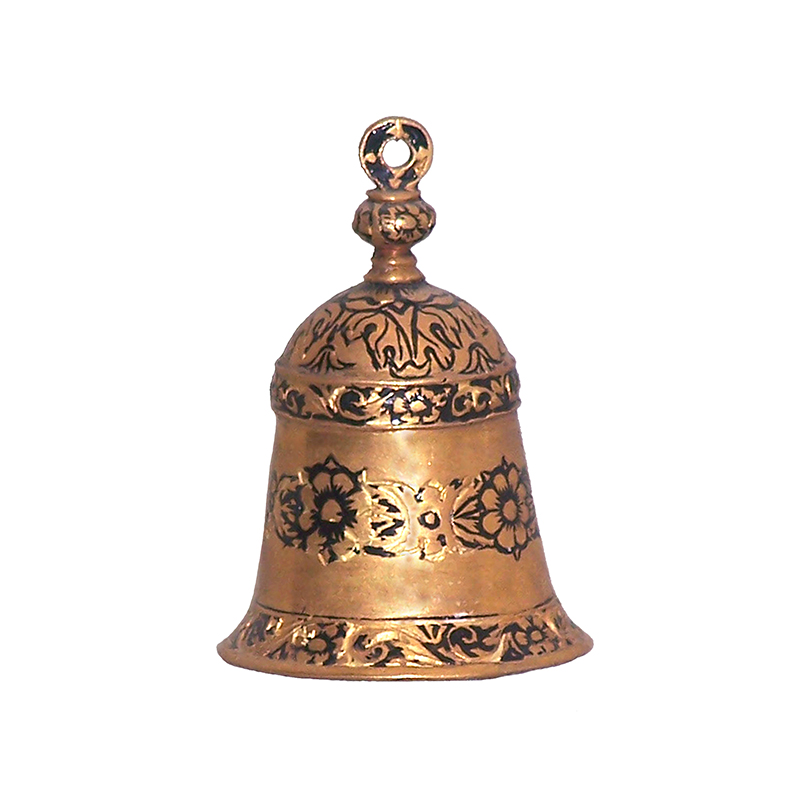

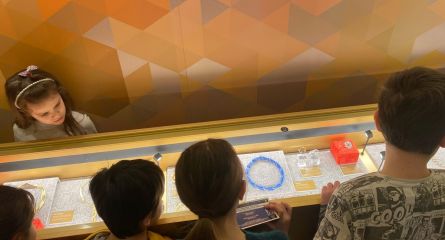
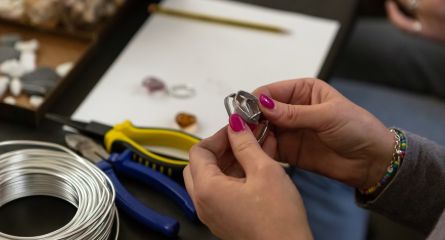
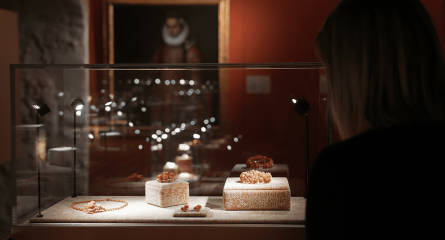









Follow us on social networks
Subscribe to the newsletter